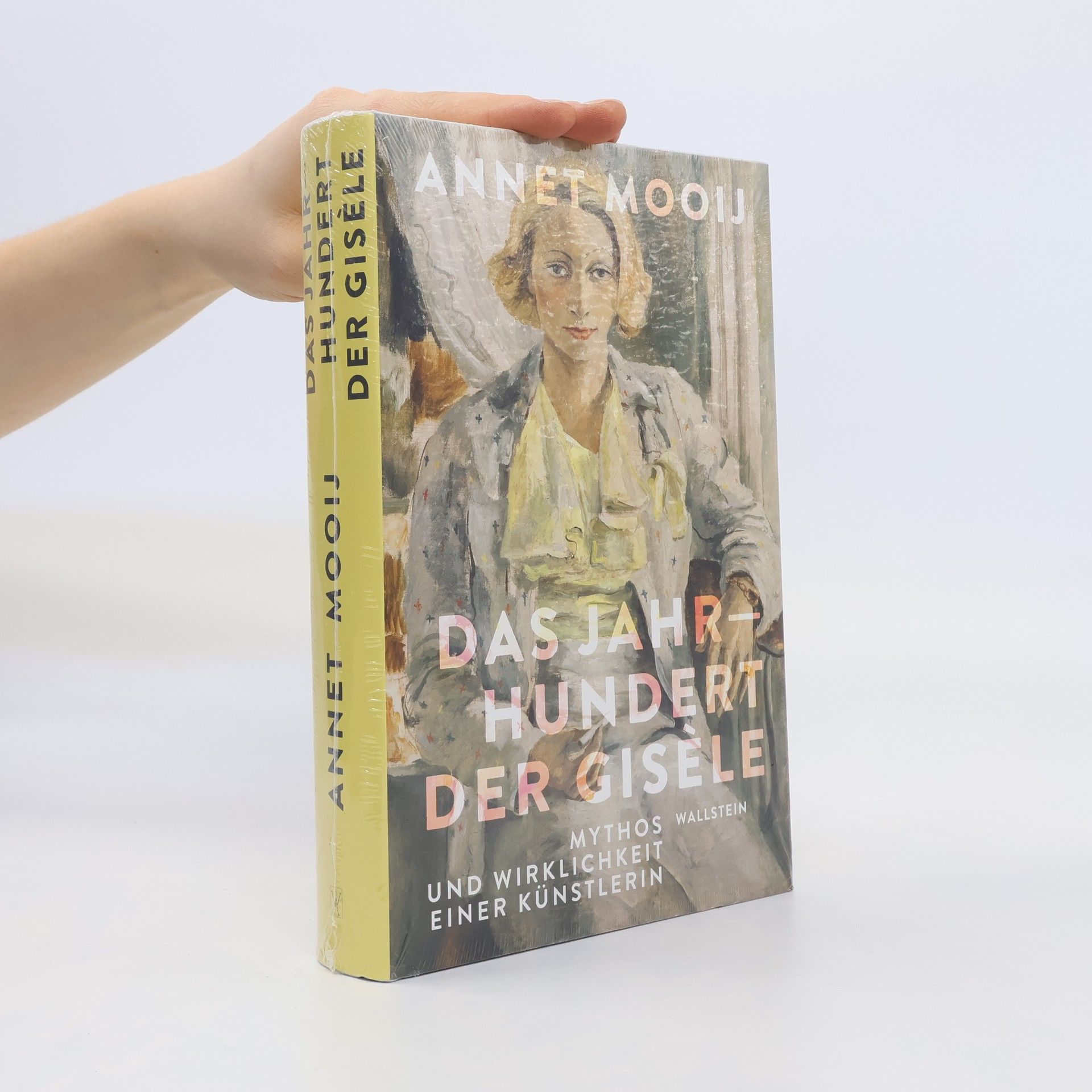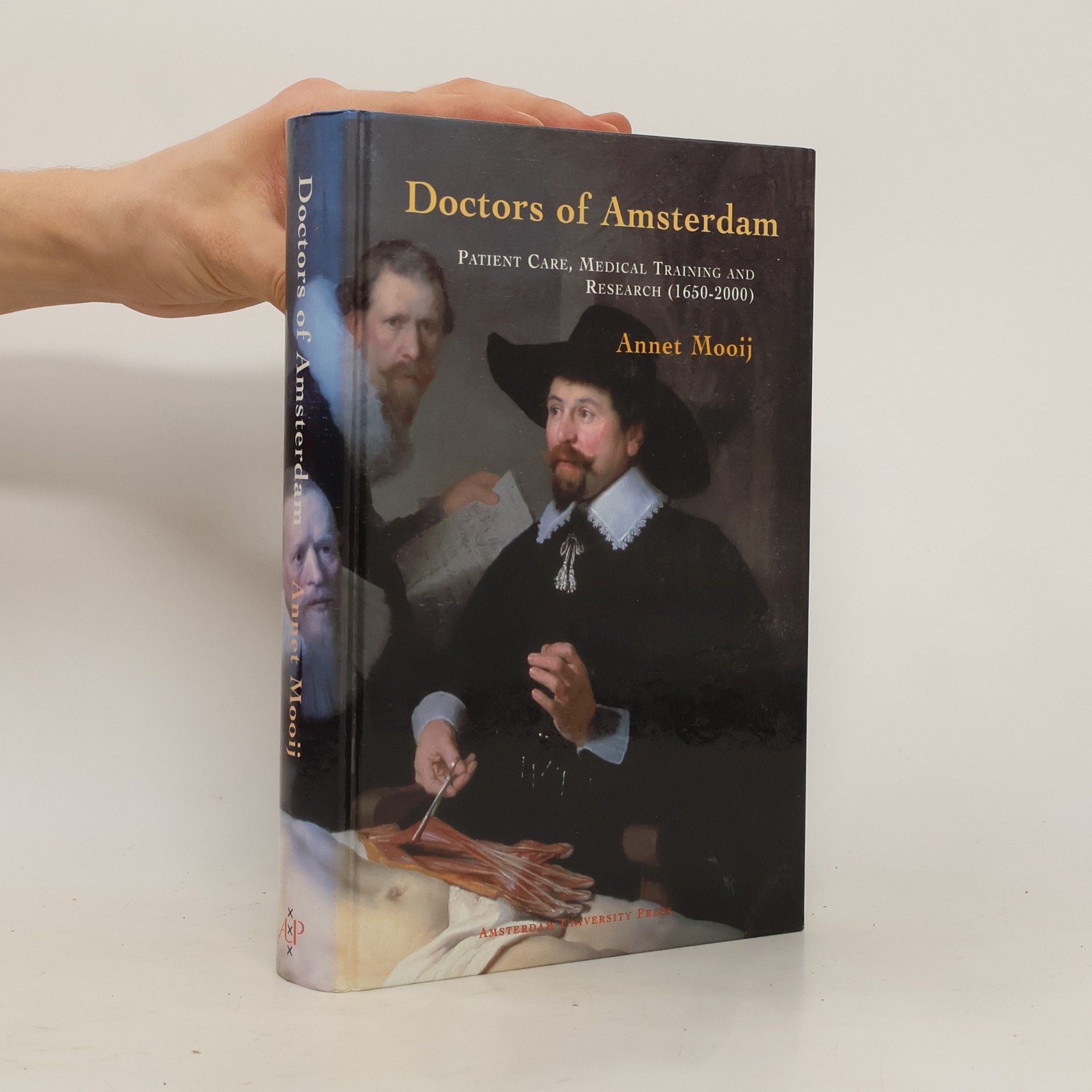This book describes the transgression from city infirmaries from shelters for indigent towns people into centers of highly specialized medical care. Holland 's Golden Age of the arts was also a bright era for medical science. Public dissections in the anatomy theatre were a popular attraction, and visitors came from far and wide to view the wonderful anatomy collections of Frederik Ruysch. In the intervening 350 years, every aspect of medicine has changed. In Doctors of Amsterdam Annet Mooij describes the transformation of city infirmaries from shelters for indigent townspeople into centers of highly specialized medical care, of universities from seats of timeless general scholarship into institutions of science and specialization, and of medical research from improvised tests in private rooms into sophisticated experiments in hi-tech university laboratories. All this is set in the city of Amsterdam. Still, events in the Dutch capital cannot be seen in isolation from national and international developments, and these contextual factors receive ample attention. The result is a lively and informative picture of more than three centuries of medicine.
Annet Mooij Libri
Annet Mooij è una ricercatrice e scrittrice olandese che pubblica principalmente su temi storico-sociologici. Il suo lavoro si concentra su una comprensione più profonda dei fenomeni sociali nel loro contesto storico. Attraverso la sua ricerca e la sua scrittura, contribuisce a illuminare le complesse relazioni tra passato e presente. Il suo approccio offre ai lettori una prospettiva avvincente sull'evoluzione della società.


Gisèle van Waterschoot van der Gracht (1912–2013) war eine Jahrhundertgestalt: Sie war Malerin und Mäzenin, hatte unzählige Affären, war befreundet mit Aldous Huxley und Partygast bei Lion Feuchtwanger, Max Beckmann verhalf sie zur Emigration in die USA. Während der deutschen Besatzung bot sie zusammen mit dem Dichter Wolfgang Frommel jüdischen Jungen Zuflucht in ihrer Amsterdamer Wohnung, genannt Castrum Peregrini. Hier wurde gelesen, geschrieben und gezeichnet, waren Dichtkunst und Kulturgeschichte die geistige Nahrung. Doch wie sah die Wirklichkeit hinter der Fassade aus? Wie stand die unkonventionelle Malerin zu der mitunter frauenfeindlichen Wohngemeinschaft? Mit großer Präzision rekonstruiert Annet Mooij ein bewegtes und faszinierendes europäisches Leben.